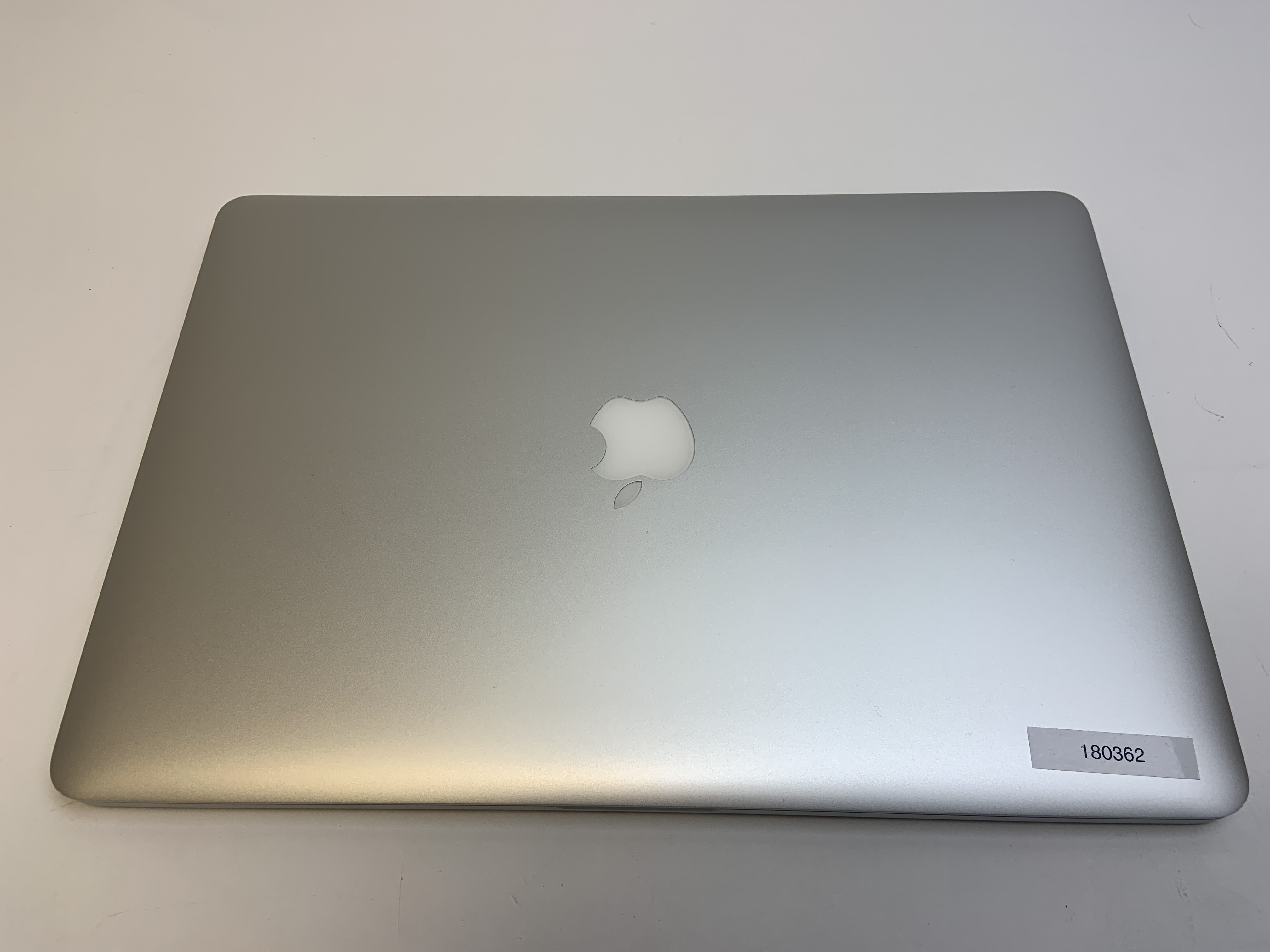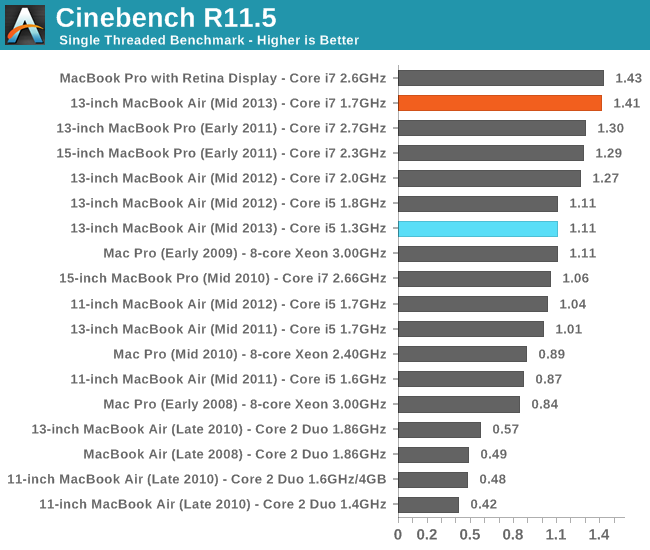

The more RAM you have, the faster your apps run when your machine gets overworked. If you plan on running a lot of processor-heavy apps at the same time, you're going to want to spend that extra money. 24-inch iMac (2021): The newest M1-based Mac on the market offers 8GB of unified memory or, for an additional $200, 16GB.The M1 Pro and M1 Max offer more options. The Apple M1 SoC comes standard with 8GB of unified memory on the current models, although you can increase this to 16GB. Modern Macs are more memory efficient than ever but if you want to work with many files and a lot of big files at that, RAM can still make your experience smoother. The more memory your Mac has, the bigger the images and videos you can work with, the more apps you can keep open, and generally, the better performance you'll get. Each offers various options for RAM and storage as well. The M1, M1 Pro, and M1 Max aren't just different with CPU/GPU. And yet, most users won't need (or want to pay for) the M1 Max. More CPU and GPU means faster and more efficient systems. The best M1 Pro version comes for $200 extra the jump from the entry-level M1 Pro version to the M1 Max option is $1,000. On models with an M1 Max, you get a 10-Core CPU, 32-Core GPU, and 16-core Neural Engine.

16-inch MacBook Pro (2021): On models with an M1 Pro, the choices are 10-Core CPU, 16-Core GPU, and 16-core Neural Engine OR 10-Core CPU, 16-Core GPU, and 16-core Neural Engine.You'll pay $500 extra for the 10-core version. 14-inch MacBook Pro (2021): The M1 Pro comes with an 8-Core CPU, 14-Core GPU, 16-core Neural Engine OR 10-core CPU, 16-core GPU, and 16-core Neural Engine.

Things get more interesting on the 2021 MacBook Pro models, which gives you a few more choices:


 0 kommentar(er)
0 kommentar(er)
